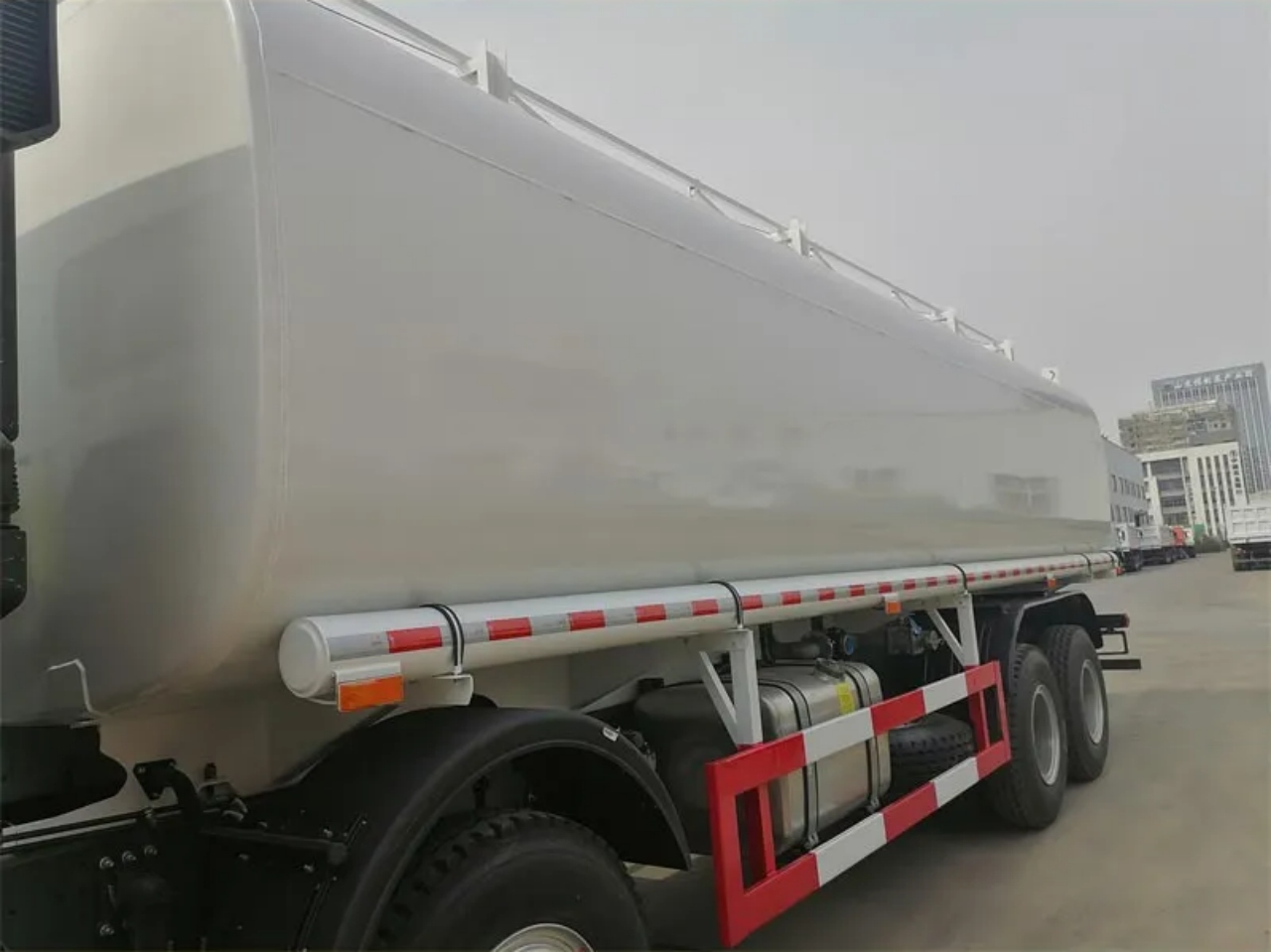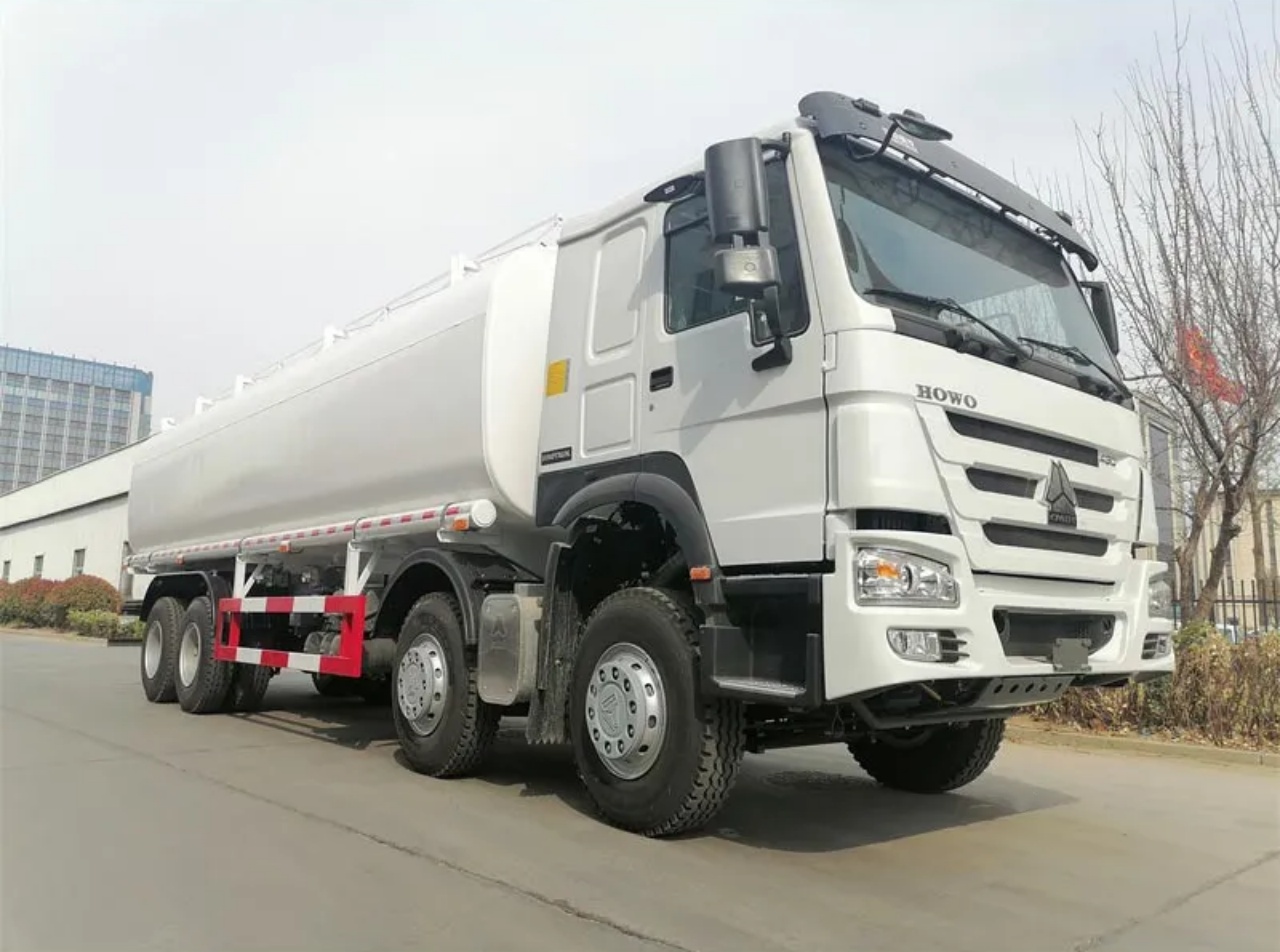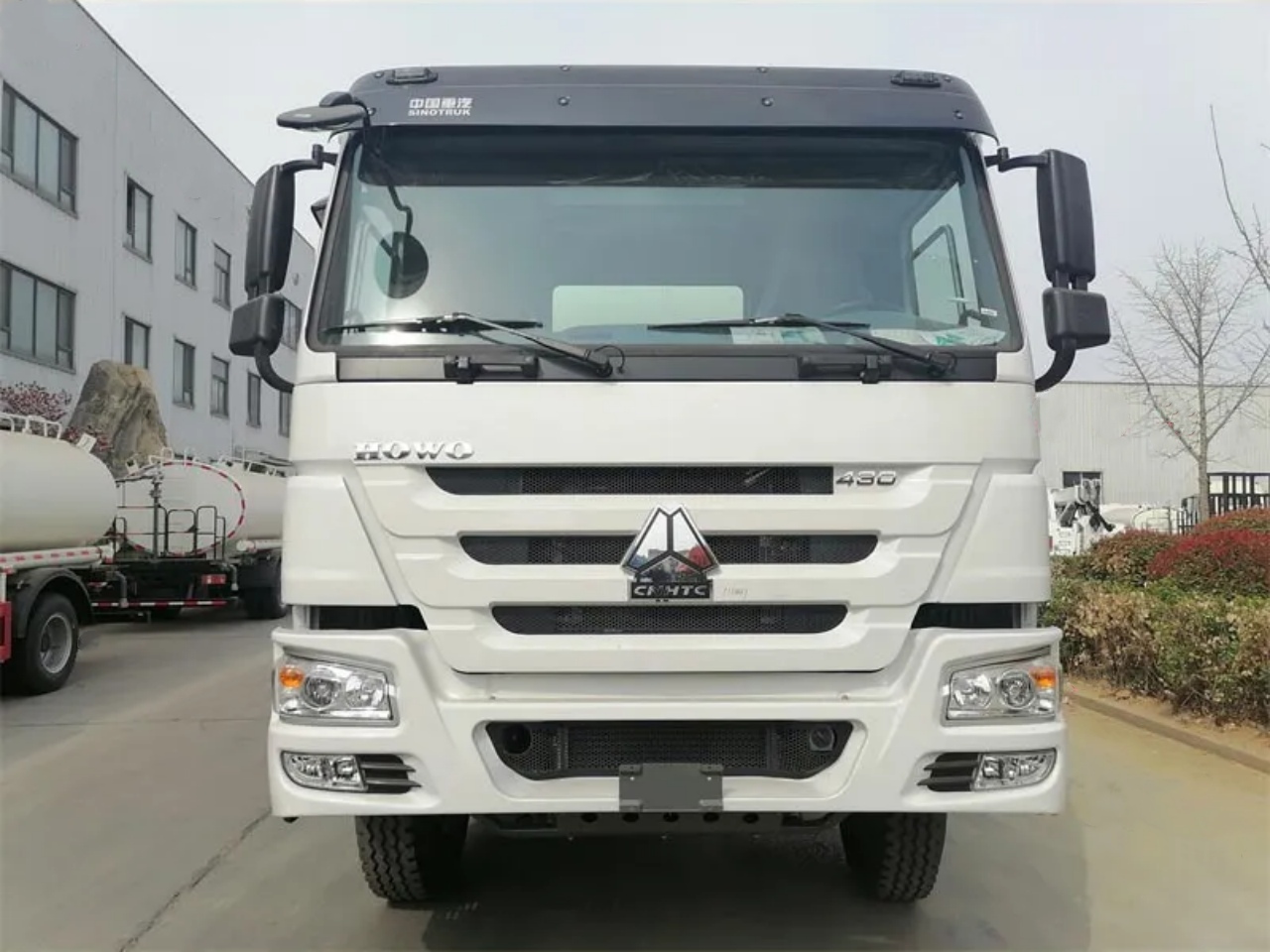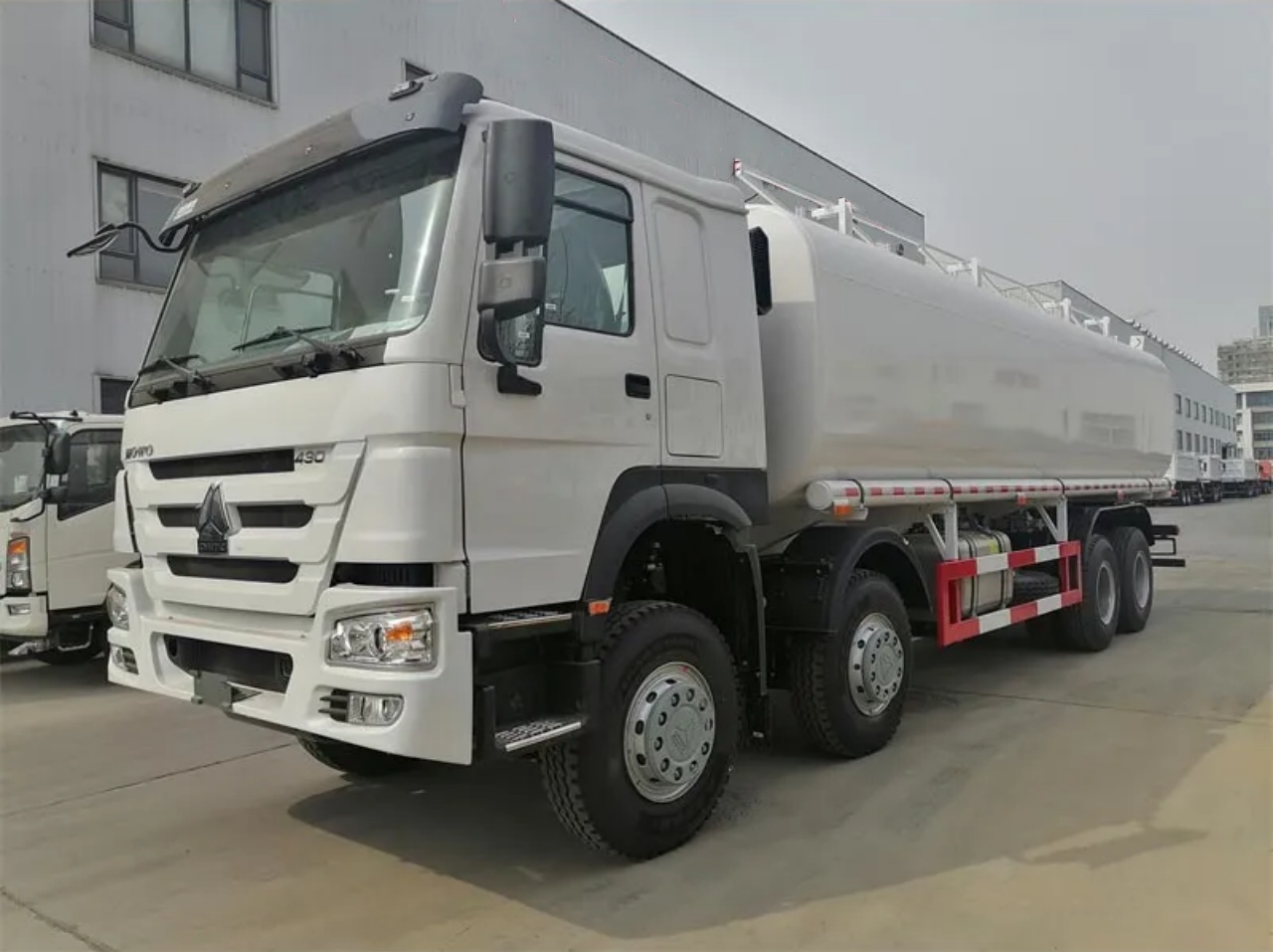Water is one of the most vital substances for life, agriculture, construction, firefighting, and disaster relief. But how do we transport this heavy, often urgently needed resource across long distances or to remote locations where pipelines and natural sources aren’t available? The answer lies in specialized vehicles designed to carry water: Water trucks. But not all water trucks are built the same. From small-scale utility vehicles to massive tanker trailers, several kinds of trucks are capable of holding and transporting water. This article will explore the different types of trucks that can hold water, their designs, uses, and how to choose the right one for a specific purpose.
1. What Is a Water Truck?
A water truck is a vehicle with a large tank specifically designed to transport and distribute water. These trucks are commonly used in construction, agriculture, firefighting, dust suppression, and municipal services. Their size, design, and features vary based on the intended use and the amount of water they are required to carry.
At the core, a water truck consists of:
- A chassis (which can be a standard truck chassis or custom-built)
- A tank (usually made of steel, aluminum, or polyethylene)
- A pump system for loading and discharging water
- Spray nozzles or hoses, depending on the application
2. Types of Trucks That Can Hold Water
a. Small Utility Water Trucks
These are smaller trucks, often built on light or medium-duty chassis (such as Ford F-Series or Isuzu NPR), equipped with tanks ranging from 500 to 2,000 gallons.
Common Uses:
- Landscape watering
- Street cleaning in small towns
- Portable water supply for events or livestock
Advantages:
- Easy to maneuver in tight spaces
- Lower operational cost
- Suitable for urban and suburban environments
b. Construction Water Trucks
Often seen on construction sites, these trucks are typically medium to heavy-duty and carry between 2,000 to 5,000 gallons of water. They’re designed to manage dust and compact soil.
Features:
- High-capacity tanks
- Front and rear spray bars
- Side nozzles
- Pressurized pump systems
Common Brands:
- Caterpillar
- Freightliner
- Peterbilt
- Kenworth
Use Cases:
- Dust control on unpaved roads
- Soil compaction
- Equipment and site cleaning
c. Agricultural Water Trucks
In rural areas and farms, water trucks are used for crop irrigation, livestock hydration, and pesticide spraying.
Tank Capacity:
Ranges from 1,000 to 3,000 gallons, often tailored to farm size and terrain.
Special Features:
- Corrosion-resistant tanks
- Filtration systems
- Hose reels
Benefits:
- Provides water to remote farmland
- Helps sustain livestock in drought-prone areas
d. Fire Water Tankers (Tenders)
In firefighting, especially in areas with no hydrant access, water tenders are crucial. These specialized trucks carry large volumes of water—up to 5,000 gallons—and supply engines or directly apply water to fires.
Design Elements:
- Rapid water discharge systems
- Compatibility with fire hoses
- Baffled tanks to reduce water surge during movement
Types:
- Tactical water tenders (smaller, agile)
- Structural water tankers (larger, for bulk transport)
Use Cases:
- Rural firefighting
- Wildland fire support
- Backup water supply in emergencies
e. Water Tank Semi-Trailers
These are tractor-trailer configurations with massive tank capacities, ranging from 5,000 to over 10,000 gallons. They’re primarily used for long-distance water transport and industrial use.
Industries Served:
- Mining
- Oil and gas
- Large-scale agriculture
- Infrastructure development
Features:
- Stainless steel or carbon steel tanks
- Multiple compartments (for carrying different water grades)
- Safety features for road transport
Pros:
- Economical for bulk water delivery
- Ideal for industrial-scale operations
3. Tank Materials and Their Importance
The material used for the water tank greatly affects durability, maintenance, and suitability for specific water types (potable, non-potable, etc.).
- Steel Tanks: Durable and heavy-duty, ideal for industrial and construction use.
- Stainless Steel: Corrosion-resistant, suitable for potable water and food-grade applications.
- Polyethylene (Plastic): Lightweight and cost-effective, common in small-scale or farm use.
- Aluminum: Lightweight and rust-resistant, but more expensive.
4. Applications Beyond Transport
Water trucks are not just about moving water from point A to point B. They’re equipped for specific operational needs:
- Dust Suppression: Using spray bars to settle dust on roads and construction sites.
- Irrigation: Delivering water to dry fields or parks.
- Emergency Water Supply: Supplying clean water during municipal shortages or disasters.
- Street Cleaning: Used by municipalities to clean urban streets and highways.
- Firefighting: Delivering water to fire engines or directly fighting wildfires.
5. Choosing the Right Water Truck
When selecting a water truck, several factors should be considered:
- Capacity Needs: How much water do you need to carry? Small urban jobs may need only 500 gallons, while mining sites may require 10,000.
- Road Conditions: Will the truck operate on paved roads, off-road, or steep terrain?
- Purpose: Is it for drinking water, dust control, or firefighting?
- Regulations: Some regions require certifications for potable water transport or special equipment for firefighting.
- Budget and Maintenance: Larger trucks cost more upfront and in maintenance, but reduce trip frequency.
6. Conclusion
From humble landscaping tasks to critical firefighting missions, the trucks that carry water are essential pieces of equipment across industries. The kind of truck that can hold water depends largely on its application, location, and capacity requirements. Whether you’re a farmer in need of portable irrigation, a contractor managing dust on a busy site, or a municipal worker ensuring streets stay clean and hydrated, there’s a water truck designed to meet your specific needs.
In essence, any truck with a properly mounted water tank, pump system, and safety features can be a water truck, but choosing the right type ensures efficiency, safety, and success in your water-related tasks.





